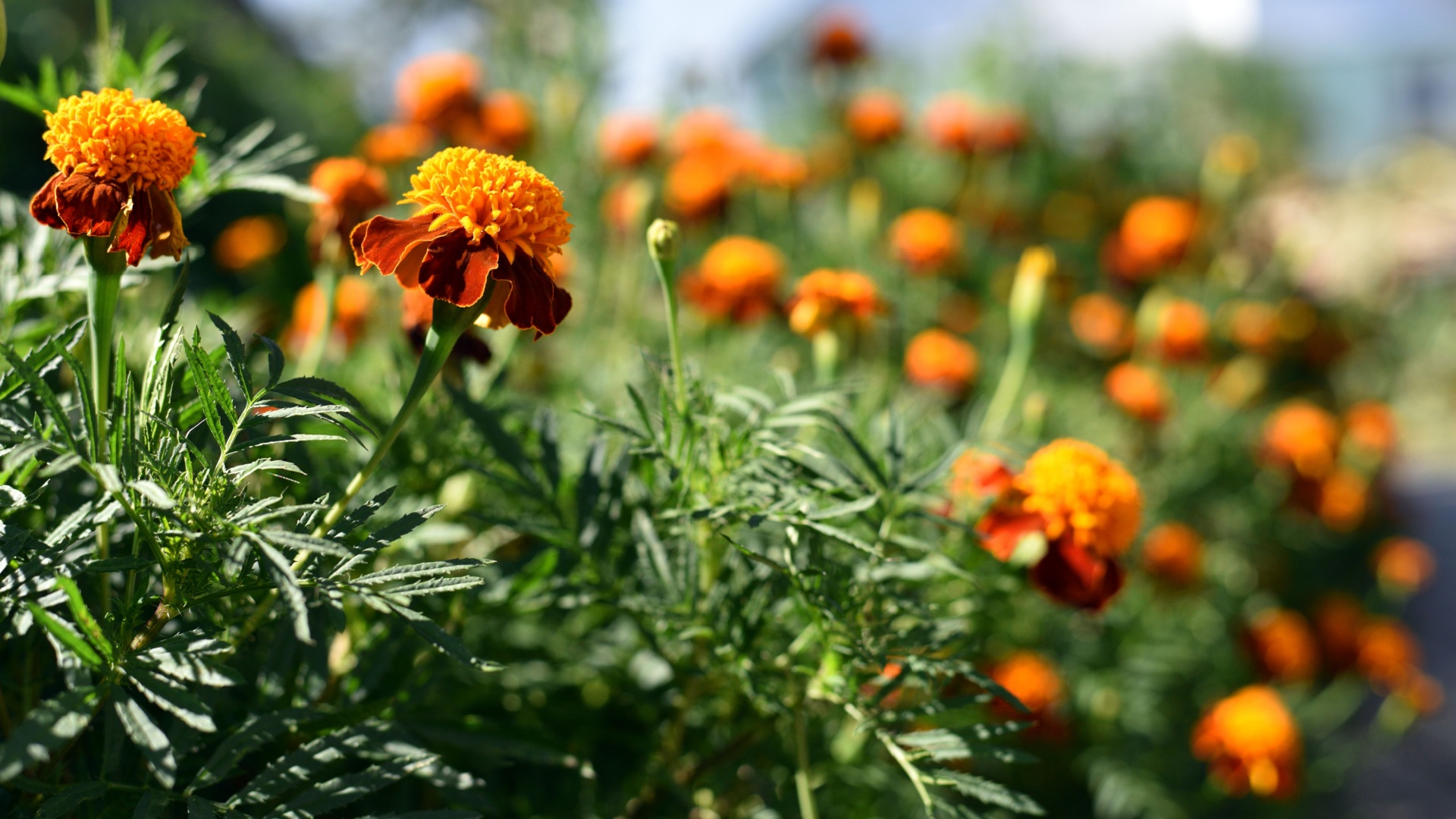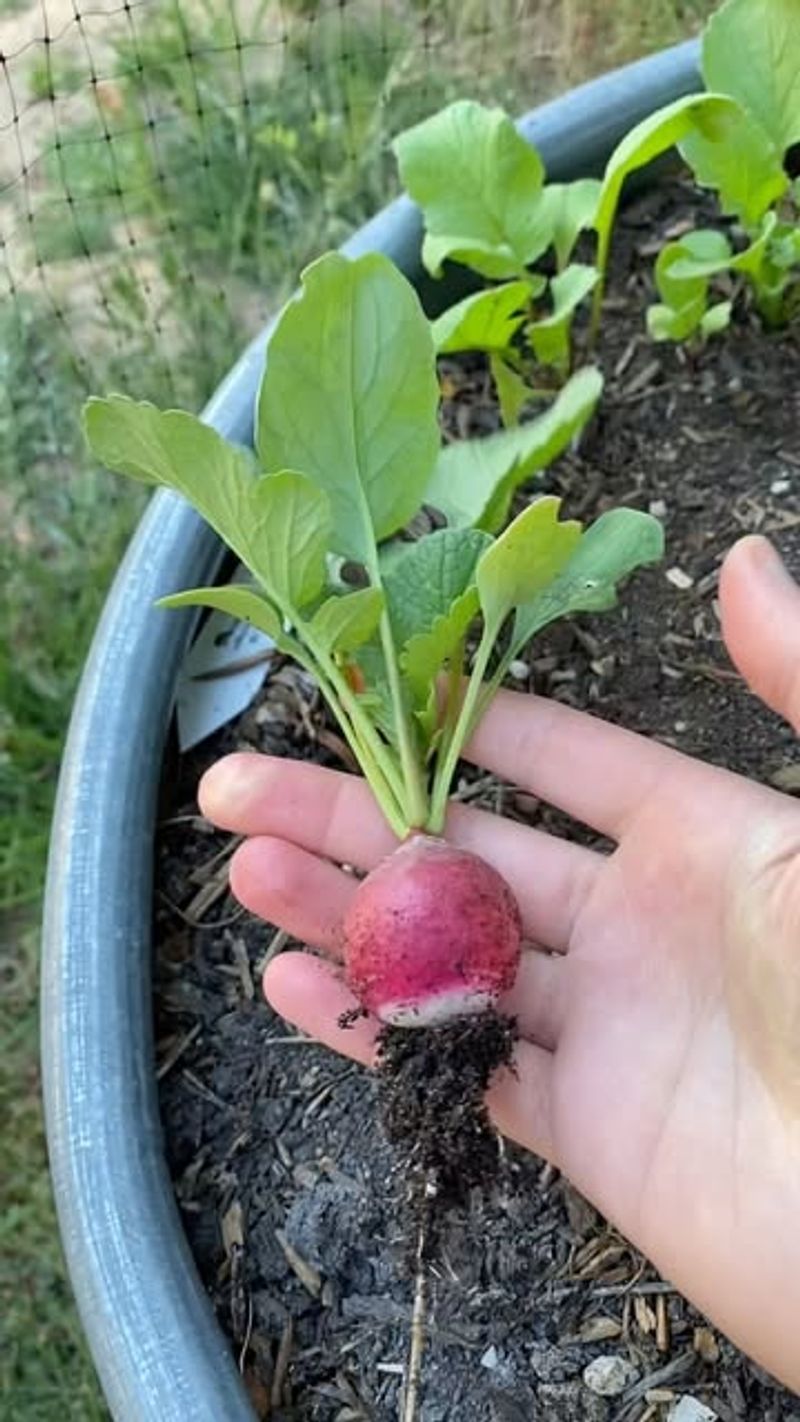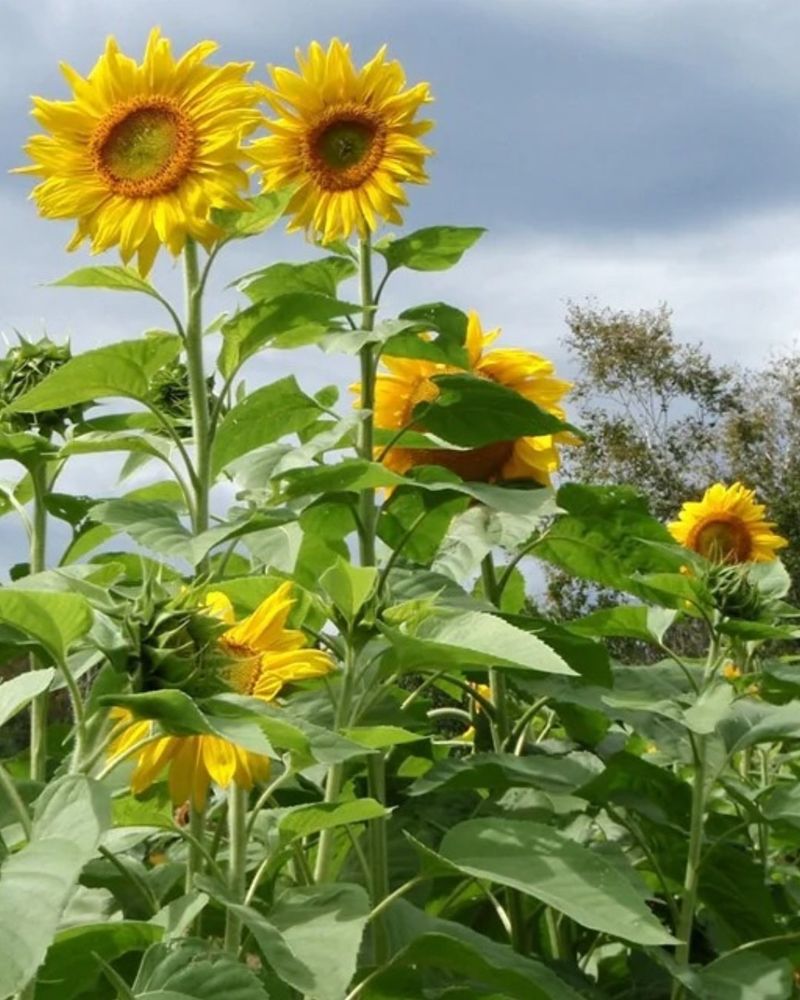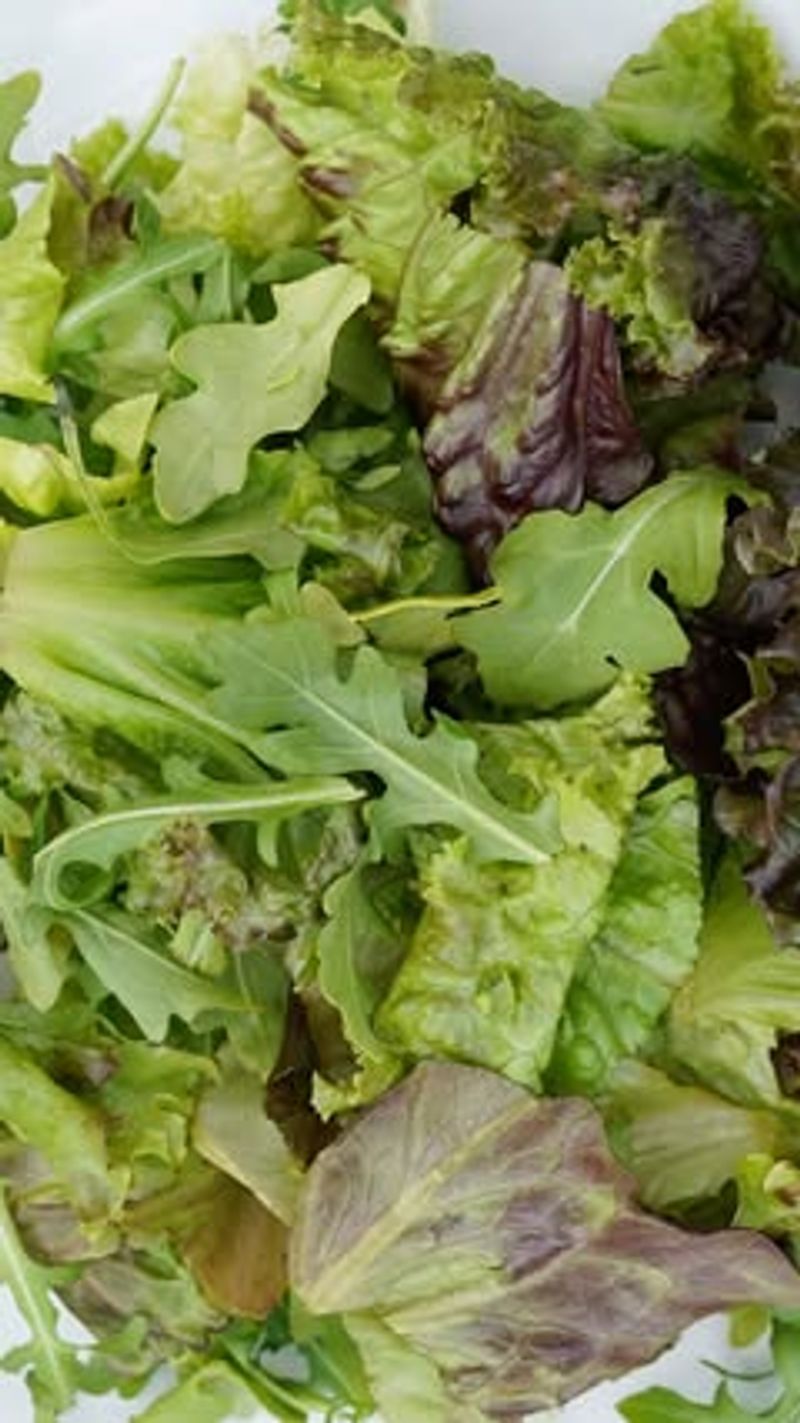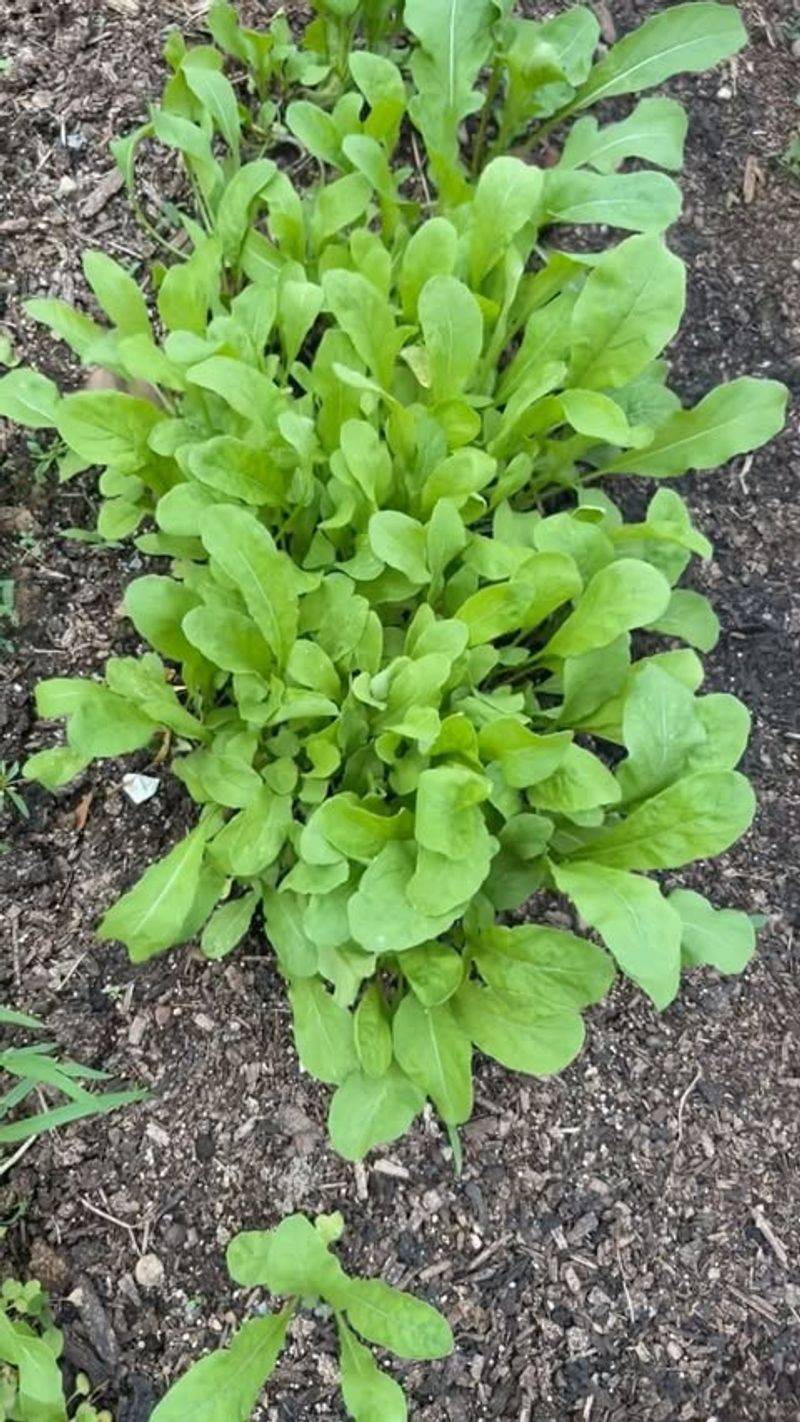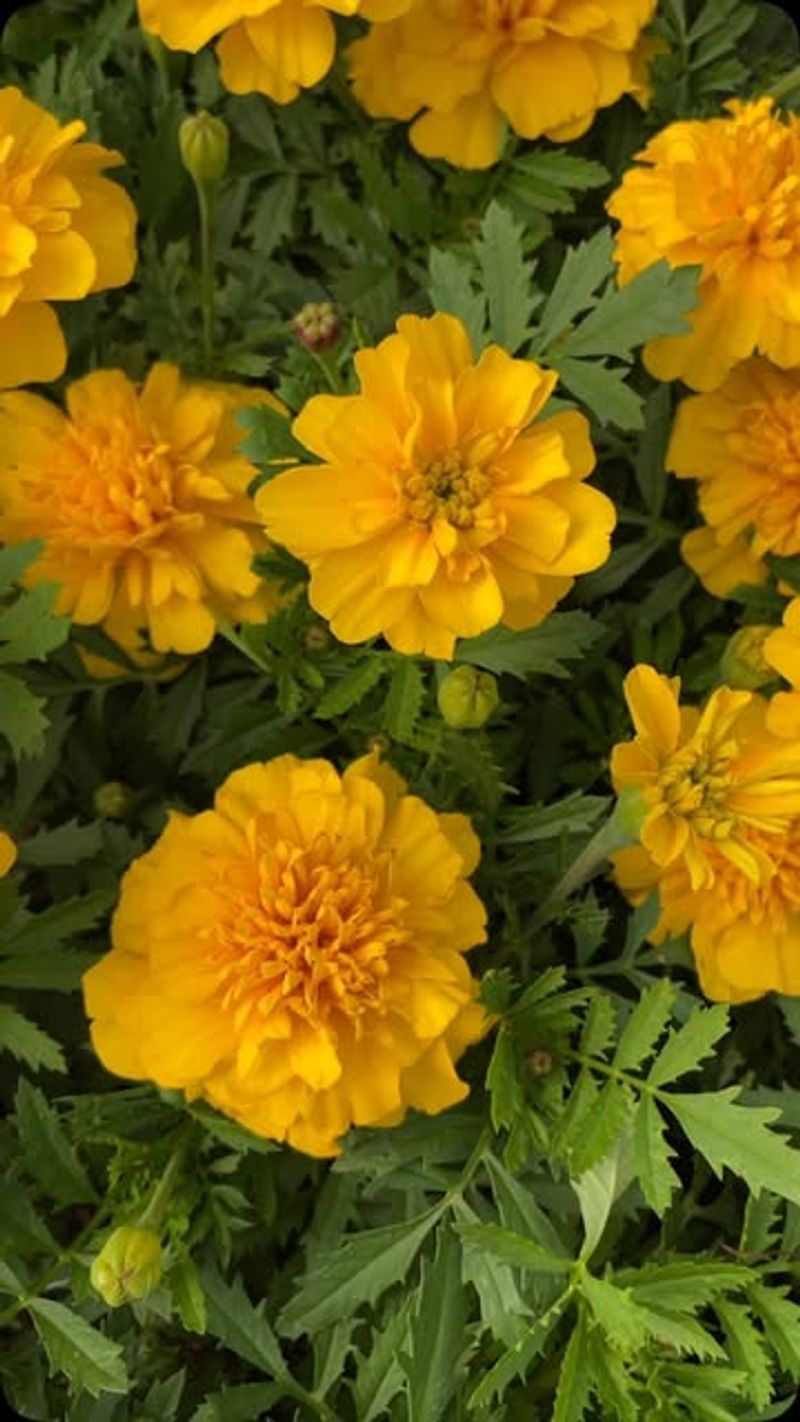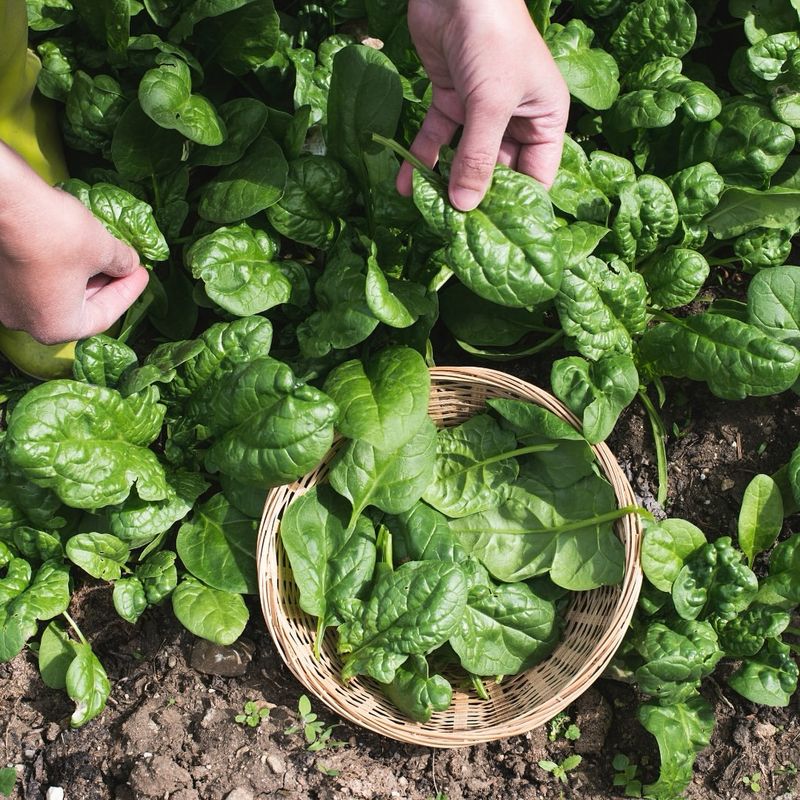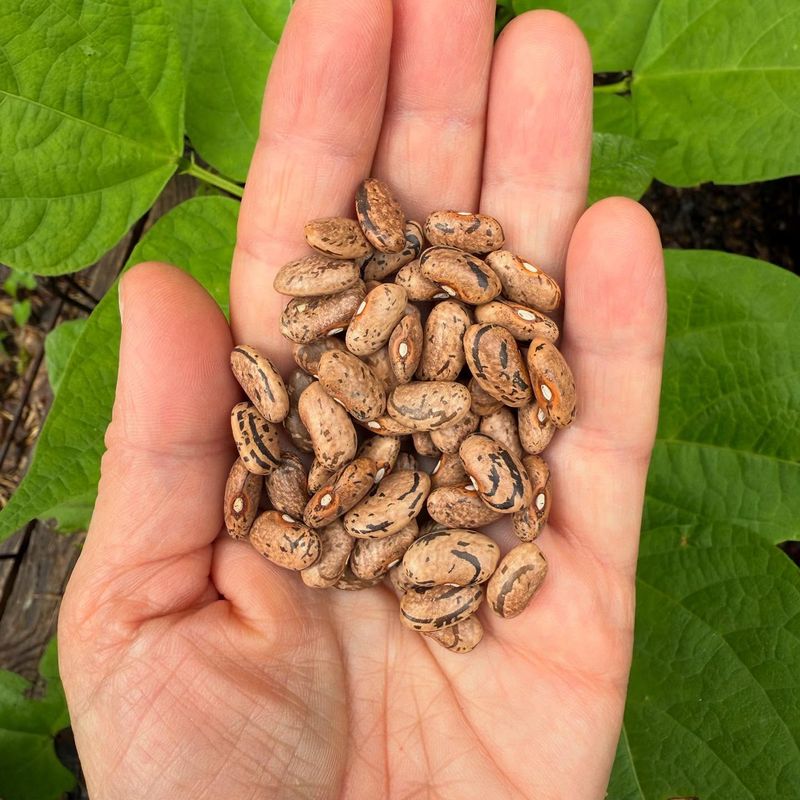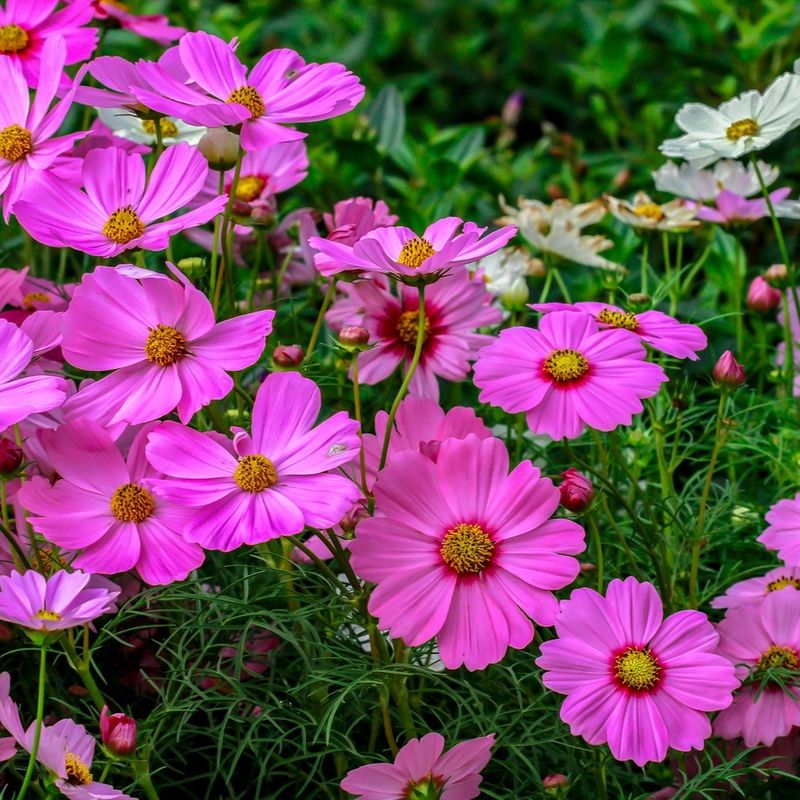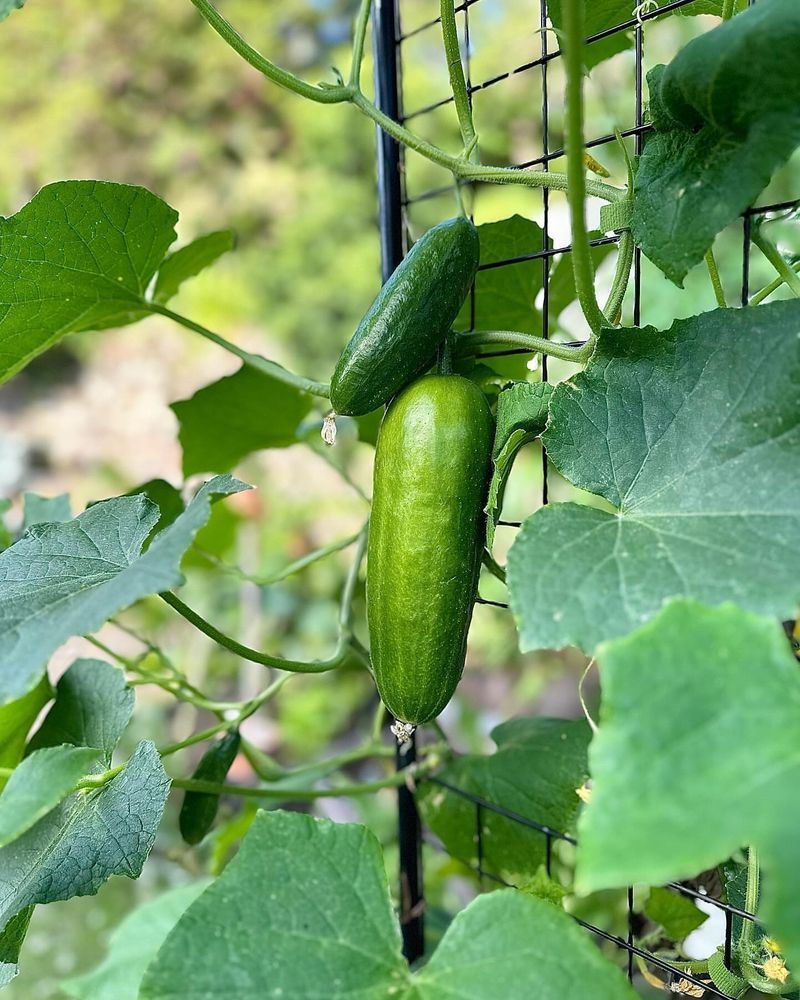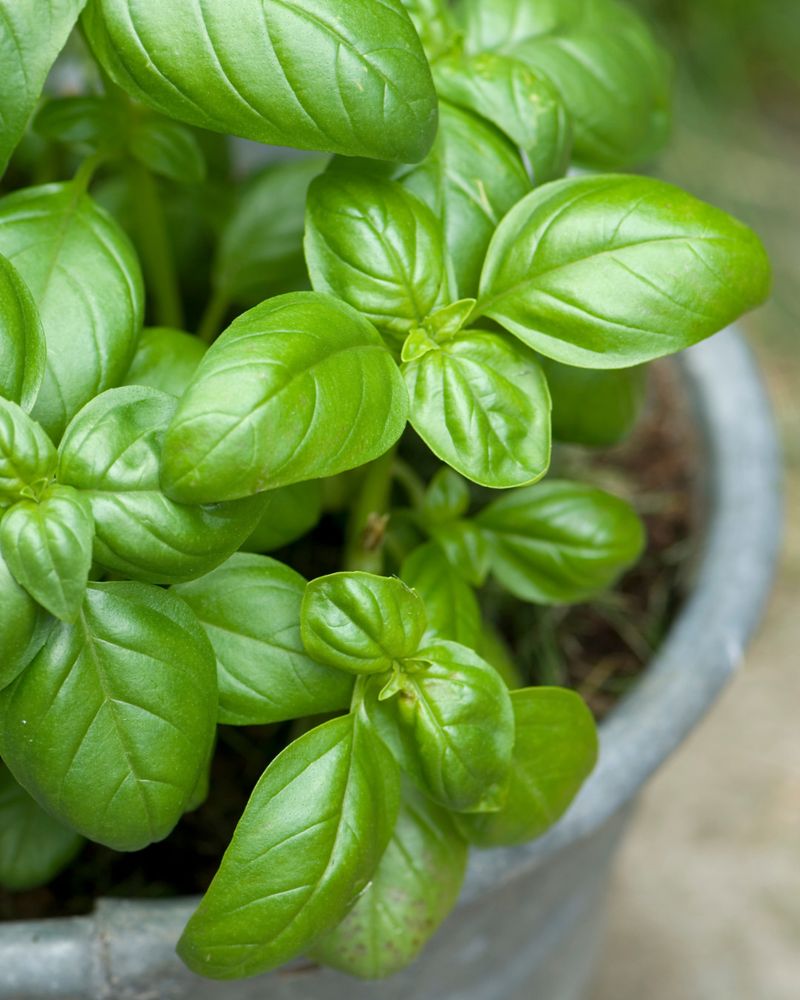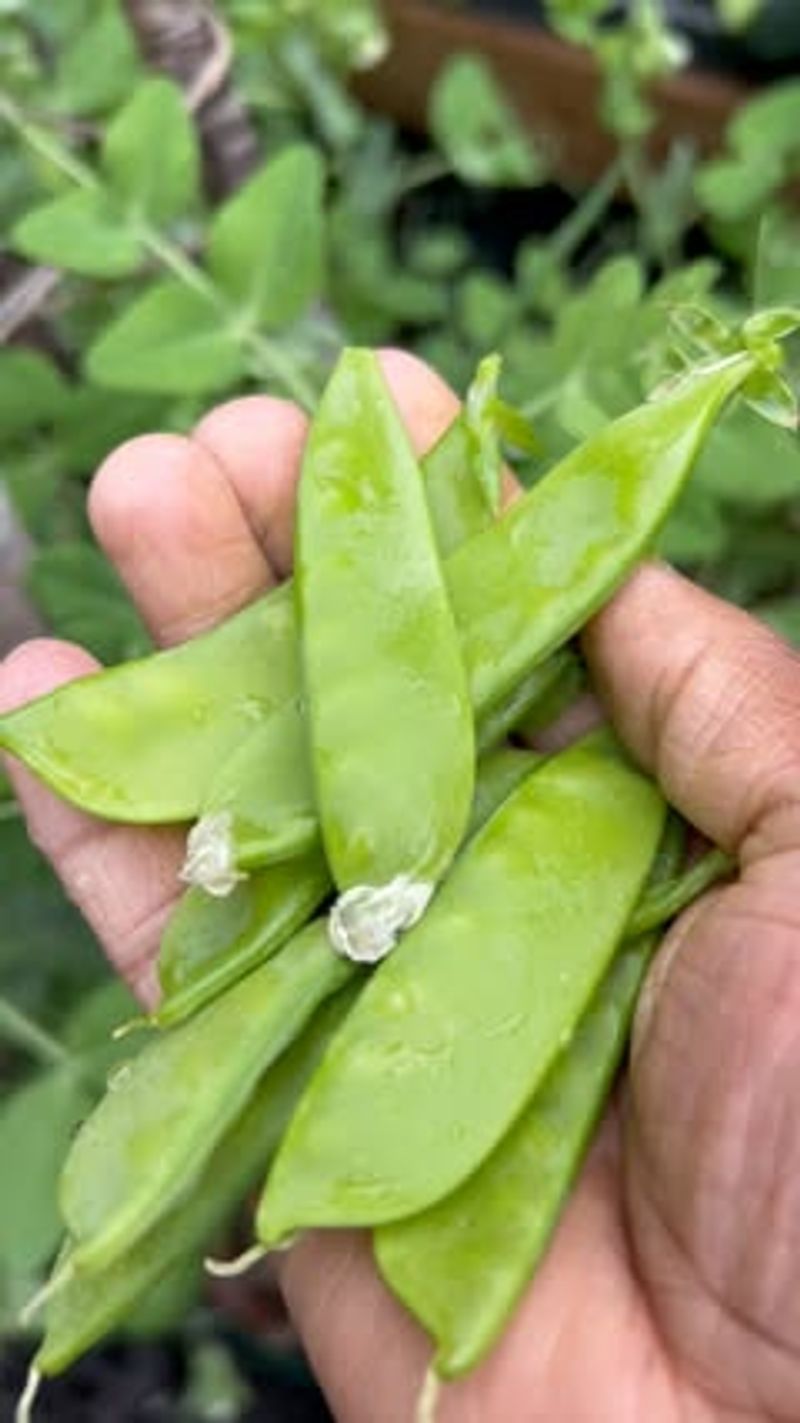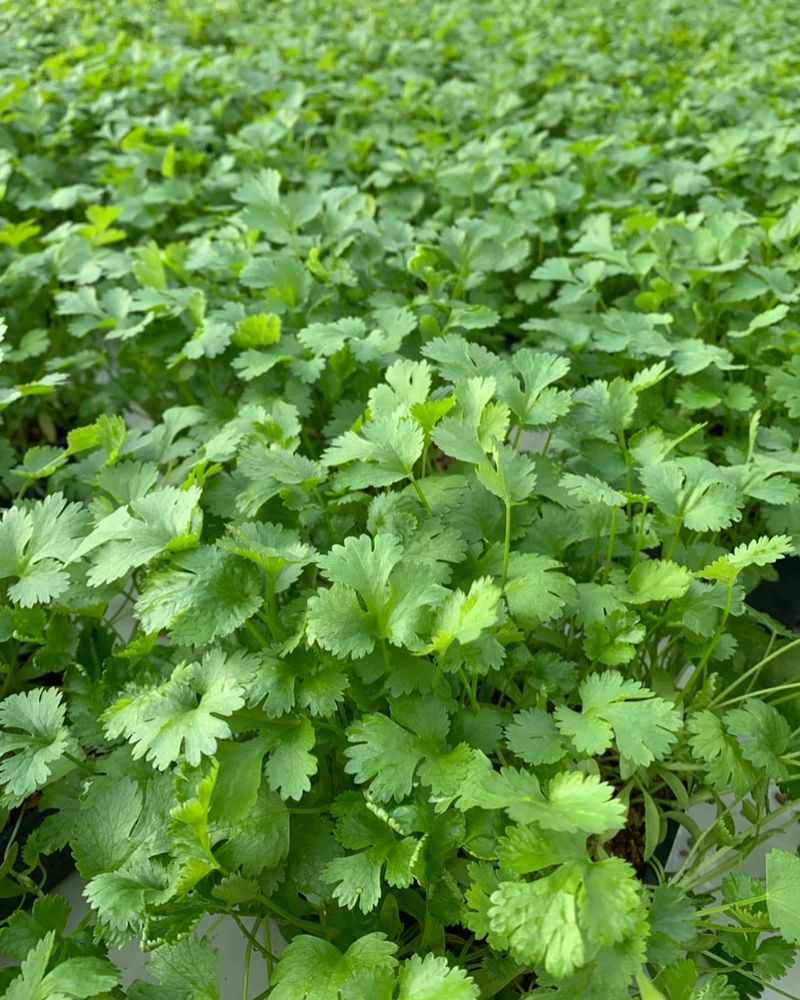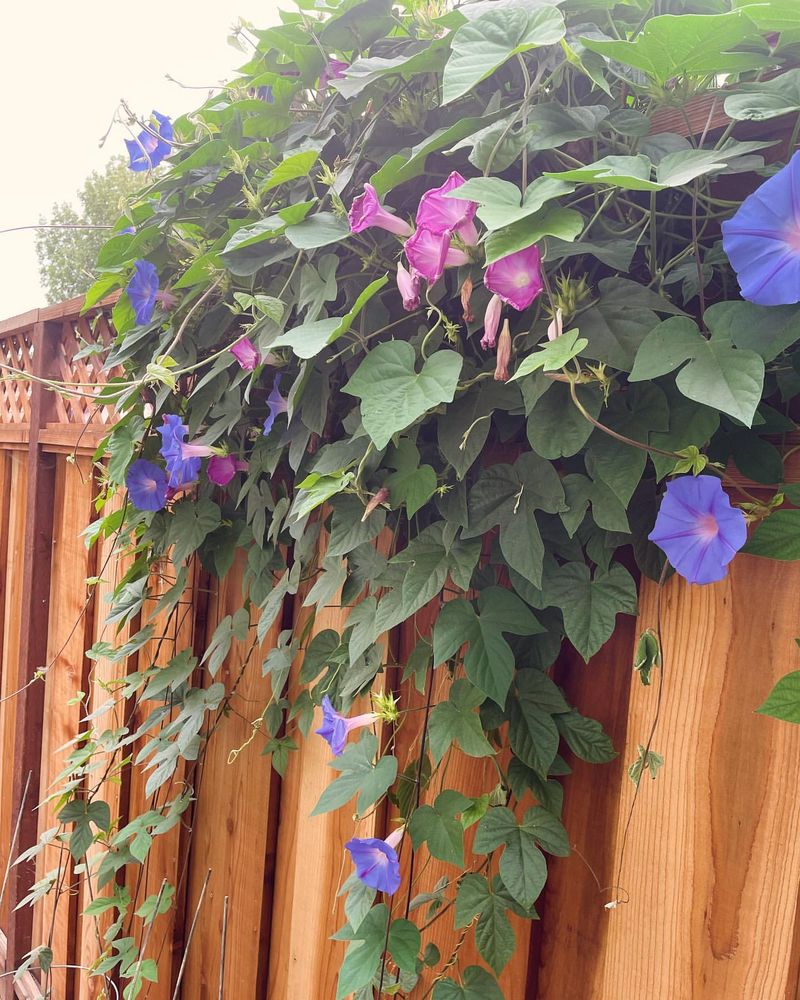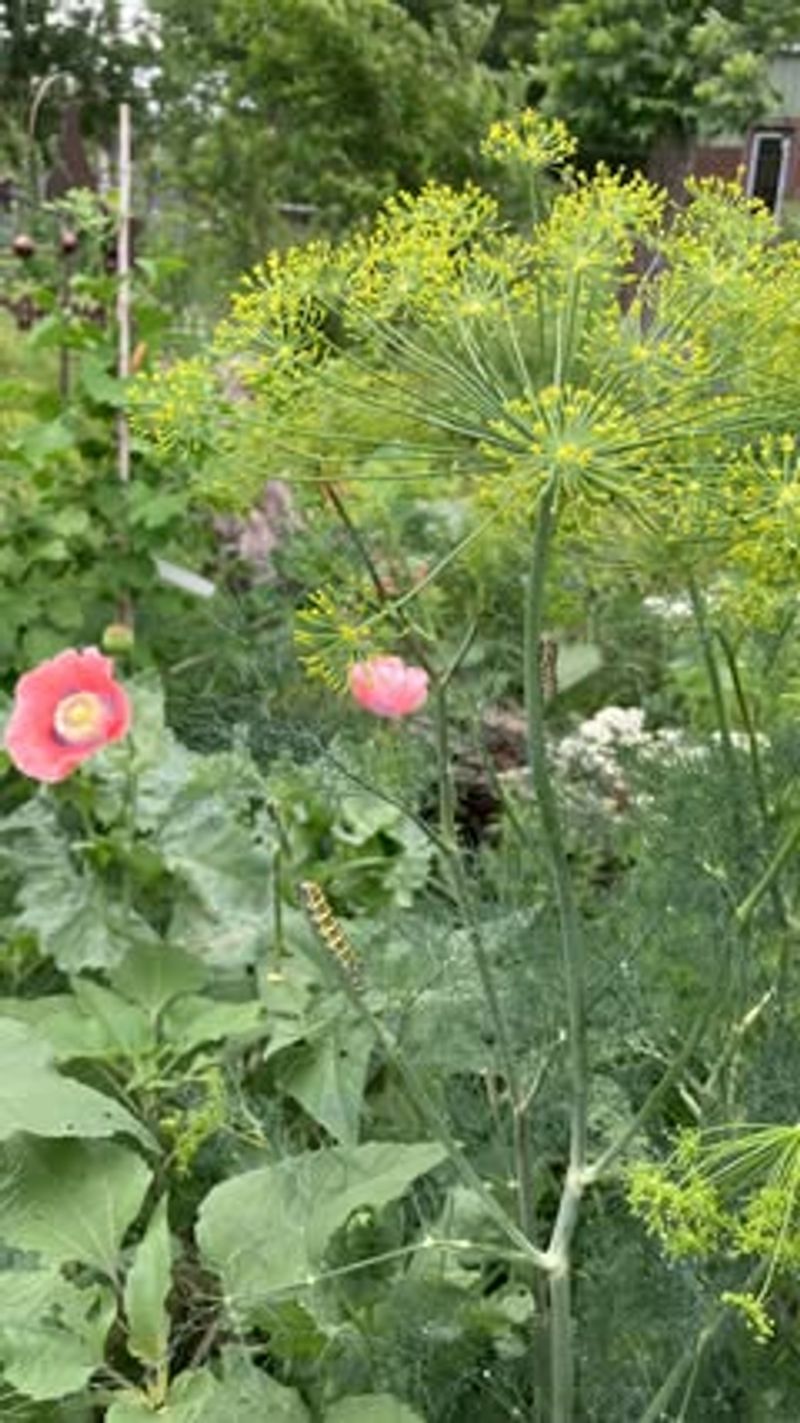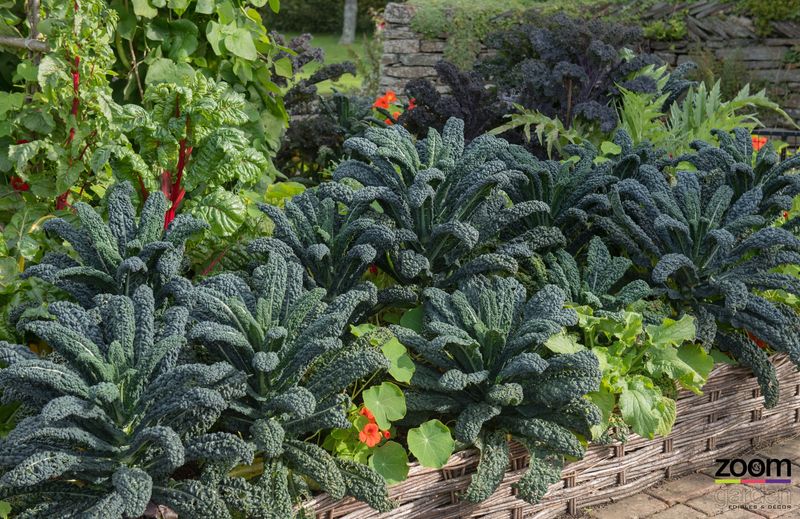Running late on your garden plans? You haven’t missed your chance. These fast-growing plants can still be started from seed and deliver quick results—perfect for gardeners who want fresh blooms, veggies, or greenery without the long wait.
Just sow, water, and watch them take off. It’s not too late to grow something great.
1. Radishes: Ready in Just 3 Weeks
Radishes zoom from seed to harvest faster than almost any other vegetable. Plant them in loose soil about 1/2 inch deep, and they’ll pop up within days.
Kids love growing radishes because the results come so quickly! Space them an inch apart for proper growth. They prefer cooler weather, making them perfect for early spring or fall planting.
2. Sunflowers: Summer’s Cheerful Giants
Nothing says summer like towering sunflowers tracking the sun across the sky. From seed to bloom in just 60-80 days, these sunny faces bring instant joy to any garden.
Plant them directly in the ground after the last frost. The mammoth varieties can reach over 12 feet tall! Birds love the seeds once they mature, making sunflowers a wildlife-friendly choice for your garden space.
3. Lettuce: Endless Salads in Weeks
Fresh salad greens can be yours just 30 days after planting! Lettuce seeds are tiny but mighty, sprouting quickly in cool soil.
Try the “cut and come again” method – harvest outer leaves while leaving the center to keep growing. Loose-leaf varieties grow fastest, while heading types take a bit longer. Plant new seeds every two weeks for a non-stop salad supply all season long.
4. Zinnias: Colorful Blooms in a Flash
Bursting with rainbow colors, zinnias race from seed to flower in just 60 days. Their paper-thin seeds transform into sturdy stems topped with pom-pom blooms that butterflies can’t resist.
Plant them in full sun after frost danger passes. The more you cut zinnias for bouquets, the more flowers they produce! Available in heights from dwarf 6-inch varieties to 3-foot giants, there’s a zinnia perfect for any garden spot.
5. Arugula: Peppery Greens in Under a Month
Spice up your meals with homegrown arugula just 21 days after planting! These distinctive peppery leaves grow so quickly you’ll barely have time to plan your salad recipes.
Scatter seeds thinly in rows or broadcast them over a patch of soil. Arugula thrives in partial shade during hot months, making it perfect for spots where other vegetables struggle. Harvest outer leaves first, allowing the center to keep producing for weeks.
6. Marigolds: Pest-Repelling Beauties
Golden marigolds brighten gardens while naturally repelling harmful insects. From seed to bloom in just 45-50 days, they’re among the easiest flowers to grow.
Their strong scent confuses pests looking for your vegetables, making them perfect companions for tomatoes and peppers. Sow seeds directly in the garden after the last frost. The fuzzy-leaved seedlings quickly develop into bushy plants covered with ruffled blooms that last until frost.
7. Spinach: Nutritional Powerhouse
Popeye’s favorite vegetable races from seed to plate in just 30-40 days! Spinach loves cool weather, making it perfect for early spring or fall gardens.
Plant seeds 1/2 inch deep in rows, then thin seedlings to 3-4 inches apart. The dark green leaves pack more nutrition per bite than almost any other vegetable. For a continuous harvest, plant new seeds every two weeks until hot weather arrives.
8. Bush Beans: From Seed to Harvest in 50 Days
Bush beans practically grow themselves! Unlike pole varieties that need trellises, these compact plants stand on their own while producing loads of tender pods.
Plant seeds 1 inch deep after soil warms to 65°F. The large seeds make them easy for children to handle. Within a week, sturdy seedlings emerge, and before you know it, you’ll be harvesting handfuls of crisp beans for dinner.
9. Cosmos: Butterfly Magnets
Delicate cosmos flowers dance on slender stems just 7 weeks after planting. Their feathery foliage and daisy-like blooms create an airy, meadow-like feel in any garden.
Simply press seeds lightly into soil in a sunny spot after frost danger passes. Once established, cosmos thrive even in poor soil with minimal water. Their pink, white, and magenta blooms attract butterflies all summer long, making your garden buzz with life.
10. Cucumbers: Crisp and Refreshing
From tiny seed to crunchy cucumber in just 50-70 days! These vining plants grow so rapidly you can almost watch them climb day by day.
Plant seeds in small hills after soil warms, with 3-4 seeds per hill. Thin to the strongest seedlings. Provide a trellis for straight fruits and space-saving growth. Regular harvesting encourages plants to keep producing all summer long, sometimes yielding dozens of cucumbers from a single plant.
11. Nasturtiums: Edible Flowers and Leaves
Vibrant nasturtiums serve double duty as both ornamental flowers and spicy salad additions! Their large seeds sprout within days and bloom just 35-52 days later.
Plant the wrinkled, pea-sized seeds directly in the garden after frost danger passes. Both flowers and leaves are edible with a peppery zip similar to watercress. Choose compact varieties for containers or trailing types to cascade over walls and edges.
12. Basil: Aromatic Herb Essential
The kitchen gardener’s favorite herb grows from seed to harvest in just 3-4 weeks! Basil’s distinctive aroma fills the garden while its leaves flavor countless dishes.
Start seeds indoors or sow directly in warm soil. The tiny seedlings quickly develop into bushy plants that benefit from regular harvesting. Pinch off flower buds to encourage more leaf growth. Sweet basil is most common, but try purple, Thai, or lemon varieties for different flavors.
13. Peas: Spring’s First Harvest
Sweet garden peas sprint from seed to pod in just 60 days. Their tendrils reach for the sky as soon as soil can be worked in early spring.
Plant seeds 1 inch deep and 2 inches apart in rows. No need to wait for warm weather – peas actually prefer cool temperatures! Provide a trellis or fence for climbing varieties. The sweet crunch of fresh-picked peas makes them a favorite with gardeners of all ages.
14. Cilantro: Love-it-or-Hate-it Herb
Cilantro bolts from seed to harvest-ready in just 3-4 weeks! This polarizing herb adds distinctive flavor to dishes worldwide, though some people detect a soapy taste.
Direct sow seeds about 1/4 inch deep in rows. Cilantro grows best in cool weather, often bolting (going to seed) when temperatures rise. This quick growth habit means you should plant new seeds every few weeks for a continuous supply.
15. Morning Glories: Climbing Color
Morning glories transform bare fences into floral displays in just 8-12 weeks! Their heart-shaped leaves and trumpet flowers create vertical interest anywhere you need it.
Nick the hard seed coat and soak overnight before planting for faster germination. These vigorous climbers need something to scale – a trellis, fence, or even corn stalks work well. True to their name, the vibrant blooms open at dawn and close by afternoon.
16. Dill: Butterfly Host and Pickle Spice
Feathery dill reaches snipping size in just 40-45 days! This versatile herb serves as both essential pickling spice and host plant for swallowtail butterfly caterpillars.
Scatter seeds directly in the garden after soil warms. The delicate seedlings quickly develop into wispy plants topped with yellow flower umbels. Harvest leaves anytime, but for pickling, wait for the seed heads to form. Allow some plants to self-seed for volunteers next season.
17. Kale: Cold-Hardy Superfood
Baby kale leaves can be harvested just 30 days after planting! This nutritional powerhouse grows quickly in cool weather and becomes even sweeter after light frost.
Plant seeds 1/4 inch deep in rows or containers. The ruffled leaves come in green, purple, or blue-green varieties. Harvest outer leaves first, allowing the center to keep producing for months. Unlike many vegetables, kale stands strong through cold temperatures, often producing well into winter.

